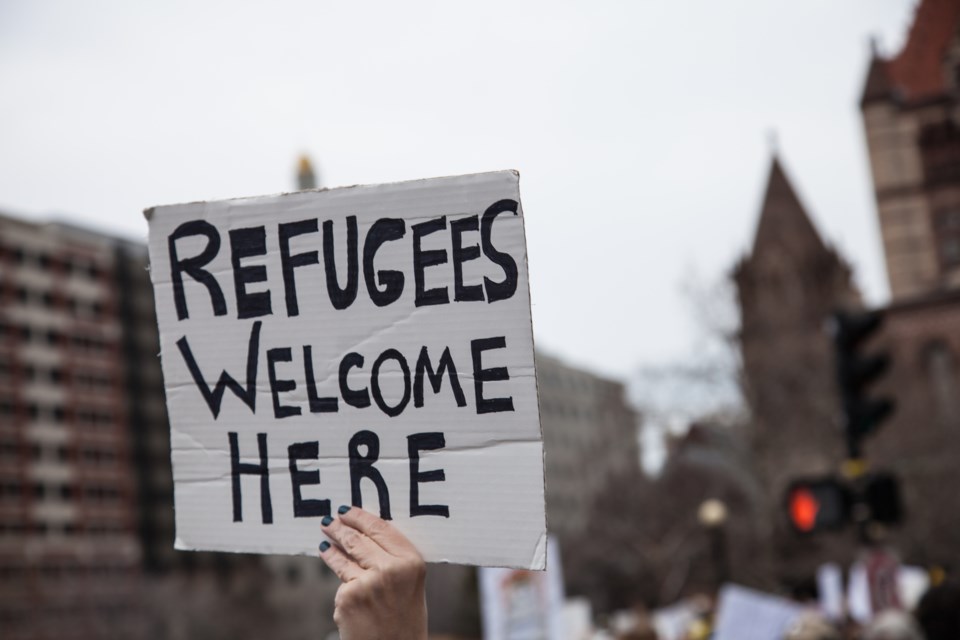Crossing the border to seek Canada’s protection is not illegal, no matter where you cross.
Anyone who tells you otherwise is ignoring Canadian and international law. They’re also ignoring the dark history that has led to our country’s commitment to protecting refugees.
The next time someone tells you that asylum-seekers are behaving illegally or shouldn’t be coming here, remind them of the infamous phrase that has haunted Canada since 1939: “None is too many.”
These words were spoken by a Canadian immigration officer about the acceptance of Jewish asylum-seekers during World War II.
That same year, the MS St. Louis set off from Germany searching for protection for over 900 Jews.
Canada denied them entry.
Many of them returned to Europe to die in the Holocaust.
Canada, in recognition of this shameful history, has made a commitment to refugee protection part of our national fabric.
This commitment includes ensuring asylum-seekers are allowed to make refugee claims, even if they enter at unofficial points along the Canadian border.
Generally, people seeking asylum in Canada have a right to make a refugee claim. This right does not mean automatic acceptance as a refugee in Canada. Many asylum-seekers have their claims rejected.
What is guaranteed by our Charter of Rights and Freedoms is a fair process.
Asylum-seekers have been making headlines in recent months because of an increase in those crossing the United States-Canada border at unofficial points.
Why are asylum seekers coming to our border in this way? Well, it’s not because of a tweet.
It’s because of an agreement between the two countries called the Safe Third Country Agreement (STCA).
Under the STCA, Canada is allowed to return asylum-seekers to the U.S. — a “safe” country — if they arrive at the U.S.-Canada border.
But only if they arrive at official ports-of-entry. If an asylum-seeker enters elsewhere along the border, they are, by law, entitled
to make a claim for refugee protection.
Under Donald Trump’s presidency, the U.S. is becoming less safe for refugees.
For instance, the Trump Administration recently announced that it will no longer grant asylum to those fleeing domestic or gang violence—this decision flies in the face of international law and the Canadian approach to protection.
A case challenging the STCA on constitutional grounds is currently before our courts. It concerns a woman and her two daughters who fled from El Salvador, via the U.S., to make a claim for protection at one of Canada’s official ports-of-entry.
In El Salvador, they suffered extortion, violence and rape by members of MS-13, a notorious gang.
Under the STCA, this woman and her daughters could be sent back to the U.S. There, they face lengthy detention and deportation back to the violence they are fleeing. If they had arrived in Canada by crossing irregularly instead of at a port-of-entry, they would have been free to avail themselves of Canada’s protection.
This is why asylum-seekers are crossing the border in a way that avoids official entry points. Not because they wish to escape scrutiny, but because, for many of them, it’s the only way they’ll be given a fair shot at protecting themselves and their loved
ones from violence and persecution.
In the face of divisive politics and deliberate misinformation, we need to stand together and promise that “none is too many” never again becomes the Canadian way.
Sheetal Rawal, founder and lawyer at Delante Public Interest Advocacy
Nathan Higgins, immigration and refugee lawyer at Evans de Vries Higgins LLP
Pekka Reinio, President, Barrie Innisfil NDP Riding Association



